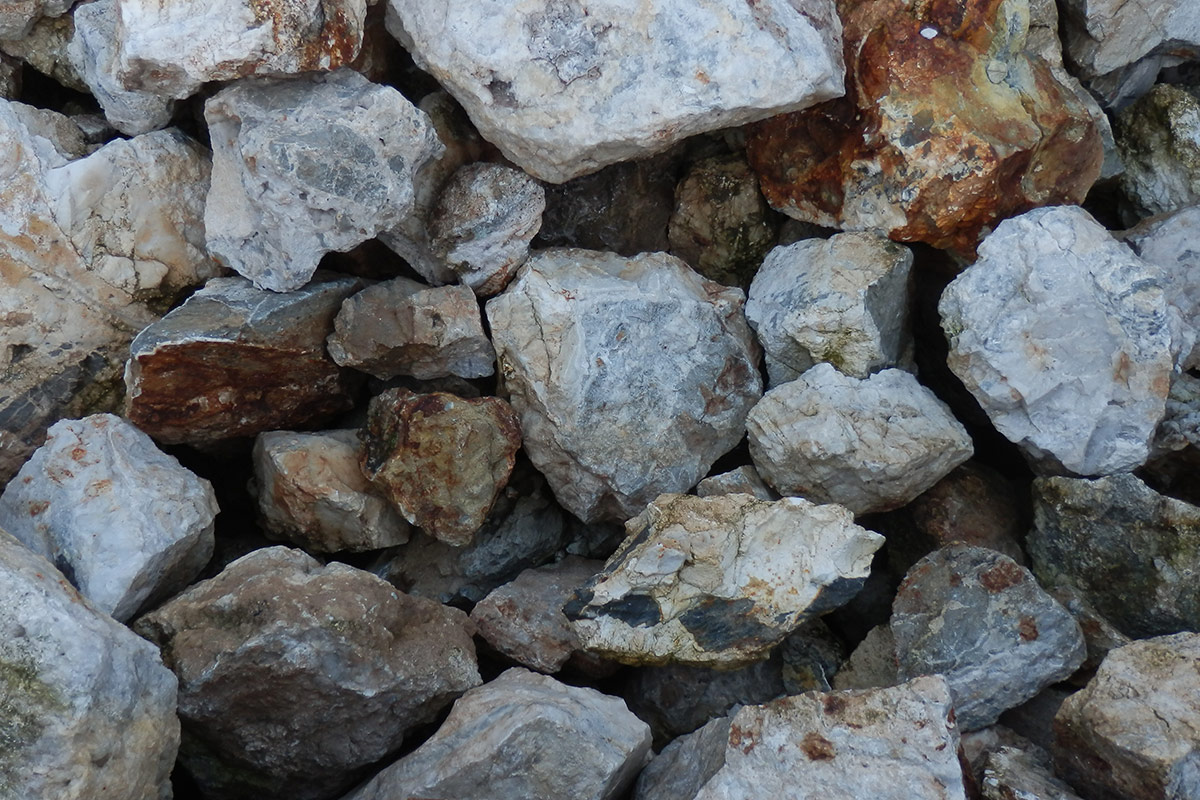ATTRACTIONS OF THE VISIT
The Costanaza Mine was mined intermittently from the end of the 19th century until the middle of the 20th century. When the mine closed in 1944, it was 210 metres deep and had 14 floors.
The set of parallel galleries that make up the mine, in which the Costanaza vein was exploited, giving it its name, is overwhelming, but only the two upper galleries are open to visitors.
Inside we can observe the mineralised phosphorite vein, breccia zones and fault planes, geodes, springs, stalactites, folds, mining support arches and a masonry master shaft.
Outside, we can see installations that still conserve the primitive mining structure in perfect condition, such as the fines factory, the “superfosfato” factory, the pyrite boiler and the mine laboratory, which houses the Phosphate Interpretation Centre.
A tour of the mine explains the details of mining and the method of extraction, known as the «de realce» method because the miners extracted the layers of the seam above their eyesight.
It also explains what the miners were like and their working conditions, the humidity, the very poor equipment, the lamps, initially pico-pata lamps, and later fuel burners.
Some of these elements can be found decorating the walls of the mine.
You can take a virtual tour here. (Texts in Spanish)

